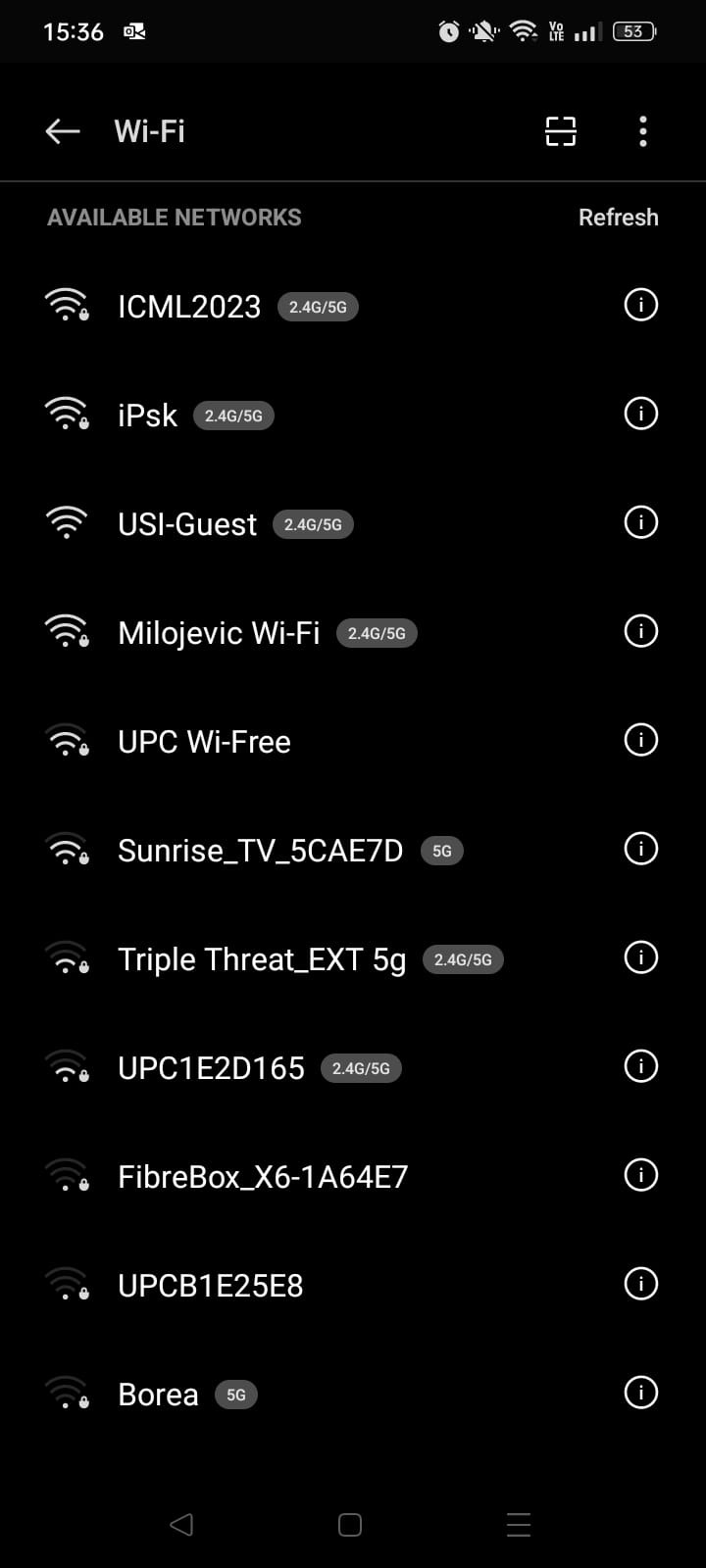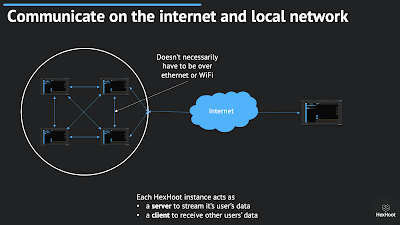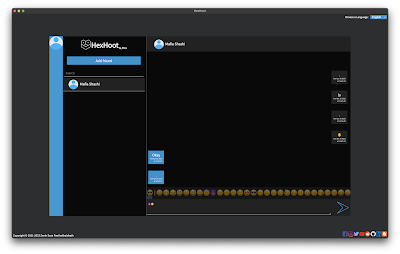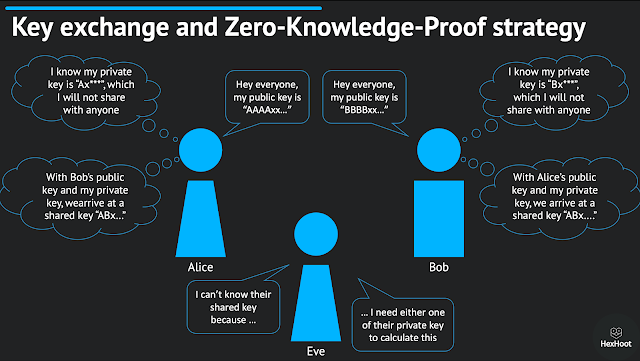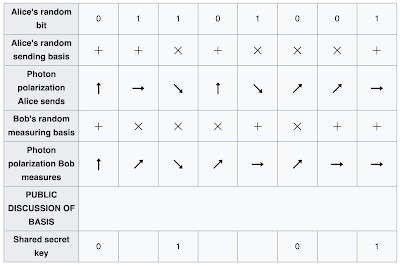Bringing in the notion of display name and password into HexHoot
In the initial versions of HexHoot, we had required users to click on a button to generate a random hexadecimal string as private key which would act as a combination of their display name as well as password. It was hard to explain this and help others understand how this worked as people are extremely used to the idea of having display names and passwords to log into services. Now, starting from v1.0.4, HexHoot features logging in or signing up using display name and password. From this, to this! Does this mean that HexHoot is using a centralized server to enable authentication? Absolutely not. We just thought of a simple change that we could make that would let generating private key go into the background. Let me explain how. Secure Hash Algorithm 2 (SHA-2) is a well known algorithm that can be used to hash a string to a hexadecimal value. For example, a string "HexHootLovesBATMAN" would yield a SHA-256 hash value of "d32b96b30a8954cc748b88dae00915c965bcf35d785243d0...


